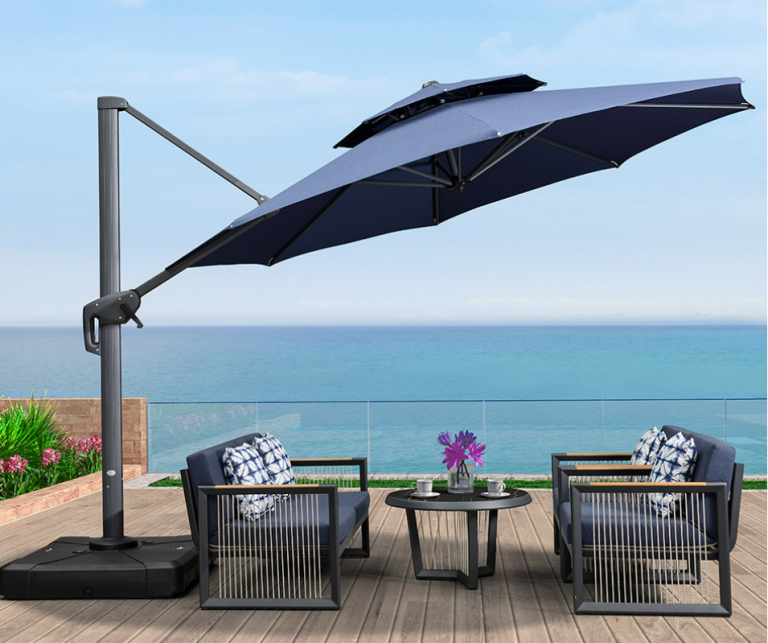

Tricks for Organizing Clutter: Saying Farewell to Messiness
Introduction: The Psychology of Clutter
Ever felt paralyzed by a messy room? You’re not alone. Studies show cluttered spaces increase cortisol levels by 27%, while organized environments boost productivity by up to 40%. But here’s the good news: banishing chaos doesn’t require Marie Kondo-level rigor. With these science-backed strategies, you’ll transform clutter into calm—one drawer at a time.
Why Clutter Accumulates (And Why It Stresses You Out)
Cognitive Overload
Your brain processes visual clutter as unfinished tasks, triggering anxiety. A UCLA study found that homes with excess belongings often correlate with higher stress levels in families.
The “Invisible Labor”
Searching for keys or documents wastes 55 hours yearly per person. Clutter isn’t just stuff—it’s stolen time.
Step 1: The Decluttering Mindset Shift
The 90/10 Rule
Most people use only 10% of their possessions daily. Ask: Has this item been used in the last 90 days? If not, donate or discard it.
Step 2: Tactical Decluttering Methods
The “Paper Trick”
Cut paper to the size of drawers/shelves, then arrange potential organizers atop it before buying. This TikTok-viral hack ensures perfect fits without guesswork.
Step 3: Smart Storage Hacks
Vertical Space
Install pegboards for tools or floating shelves for books. A 4x6ft pegboard can hold an entire craft studio’s supplies.
Dollar Store Solutions
Clear bins ($1 each) make pantry items visible, while tension rods create under-sink storage for cleaning supplies.
Step 4: Systems for Maintenance
The 5-Minute Rule
Daily micro-tidying (e.g., clearing counters post-dinner) prevents pile-ups. Consistency beats marathon cleaning sessions.
Tech Tools
- Trello or Notion for digital inventory tracking
- Smart shelves with weight sensors alert you when staples run low
Common Mistakes
- Overbuying bins: Measure spaces first.
- Ignoring “dead zones”: Toe-kick drawers add 5 sq ft of hidden storage.
Conclusion: Embracing Clutter-Free Living
Clutter isn’t a moral failing—it’s a design challenge. Start small: today, tackle one drawer. Tomorrow, watch how order begets more order.
FAQs
- Best method for sentimental items?
Photograph keepsakes you can’t keep, then donate physical copies. - How to organize without spending?
Repurpose shoeboxes as drawer dividers and mason jars for bathroom items. - Can clutter affect relationships?
Yes—43% of couples argue about messiness weekly. - Ideal labeling system?
Use a label maker or chalkboard paint for adjustable tags. - Maintenance tip for busy people?
Schedule 10-minute “clutter sweeps” during TV ad breaks.






